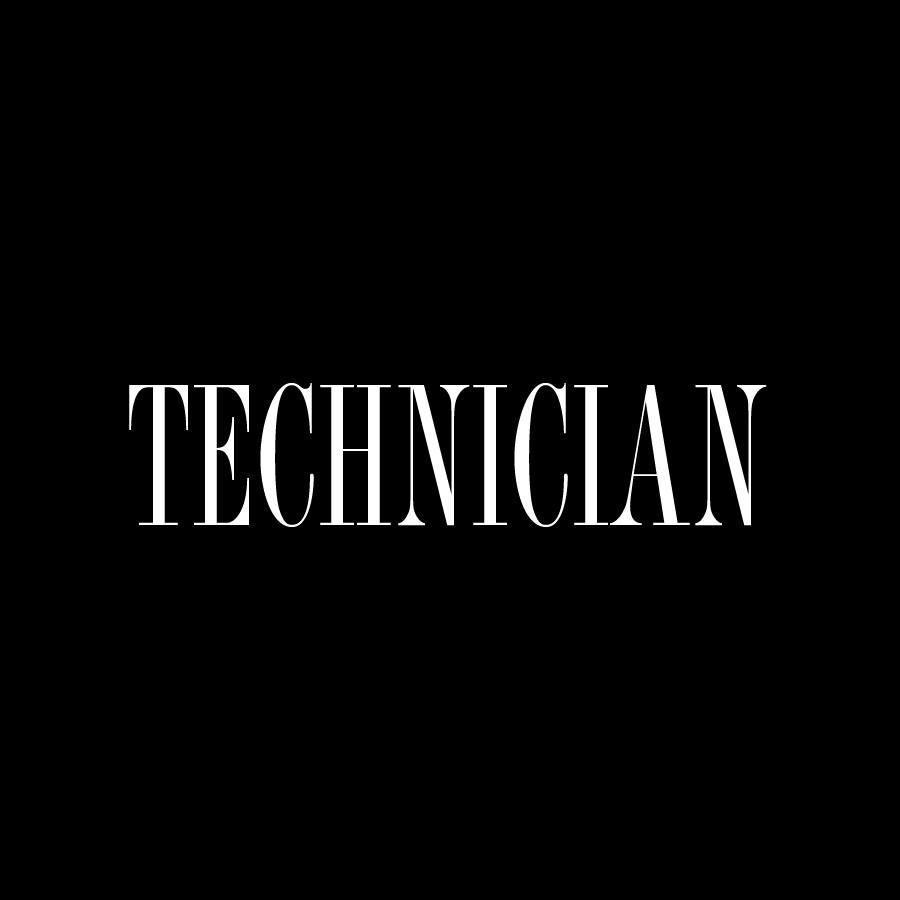
Technician Logo
Would you eat radioactive food? What if it were only slightly radioactive or even contained only that amount similar to what is naturally there already? Were you even aware that all food is in fact naturally radioactive?
Perhaps the most common radionuclide in food is that of Potassium-40 (i.e., K40). This isotope is available over-the-counter as a health supplement for those having a high sodium intake. This is because potassium is an essential element required by living systems (such as you) to get water in and out of individual cells.
Potassium is naturally radioactive and gives off a high-energy gamma and beta particle, both of which are forms of ionizing radiation. It would be difficult to argue that this is a health hazard in your food unless of course you are not ingesting any, as potassium is, in fact, essential to life for us. It is a common element in fertilizer and many healthy foods such as potatoes, avocados and bananas. Although, virtually all foods have some portion of potassium present in them.
The annual dose received by an individual from natural potassium content ranges from less than 10 mrem (millirems) up to 40 mrem. Higher doses can be attributed to healthy individuals in the sense that larger muscle content correlates with a higher potassium content. As such, it is probably safe to say a higher muscle content correlates with better health so that a large muscular male could get the full 40 mrem annual dose whereas a small petite female might receive less than 10 mrem.
Too much potassium can be deadly although not from a radiological cause but plain old simple chemistry. A proper balance is needed although questions on specific dietary supplements should be evaluated either by a state-licensed nutritionist or your local physician.
Robert Hayes is an Associate Professor of the Department of Nuclear Engineering at NC State.